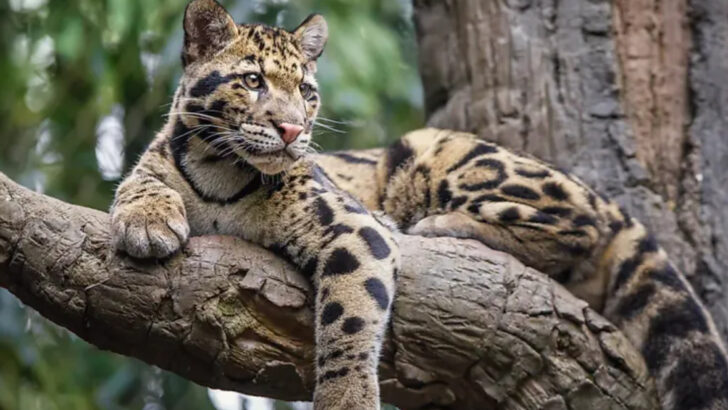Big cats are some of the most majestic creatures on Earth, but they’re disappearing faster than we can blink. These powerful predators once roamed freely across vast lands, but now their territories are shrinking, and their populations are dwindling.
From the snow-capped mountains where snow leopards prowl to the dense jungles where tigers stalk, these incredible animals are fighting for survival. Human activities like poaching, deforestation, and habitat destruction are pushing them closer to extinction every day.
But it’s not too late. There’s still hope. We can still help protect these magnificent creatures, but it’s going to take effort, time, and dedication.
Let’s take a look at 18 endangered big cats that are fighting for a second chance—and how we can help make that happen.
Amur Leopard
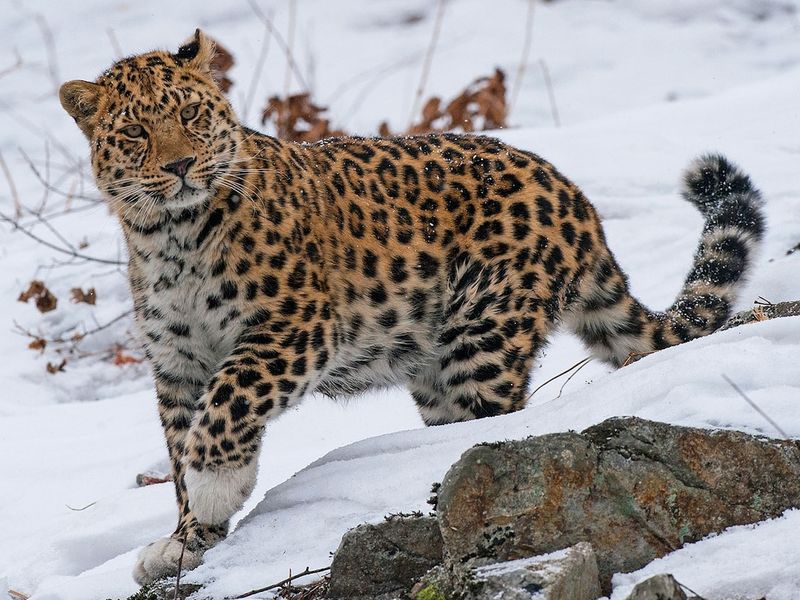
The Amur leopard prowls the snowy forests of the Russian Far East, its rosette-patterned coat a masterpiece of nature. With fewer than 100 individuals left in the wild, this cat is one of the rarest.
The cold, harsh climate of its habitat requires a thick, luxurious fur, making it a target for poaching. Conservation efforts focus on habitat preservation and anti-poaching measures.
These leopards are solitary creatures, demanding large territories to thrive. Efforts are underway to expand protected areas, giving them a fighting chance for survival.
Bengal Tiger
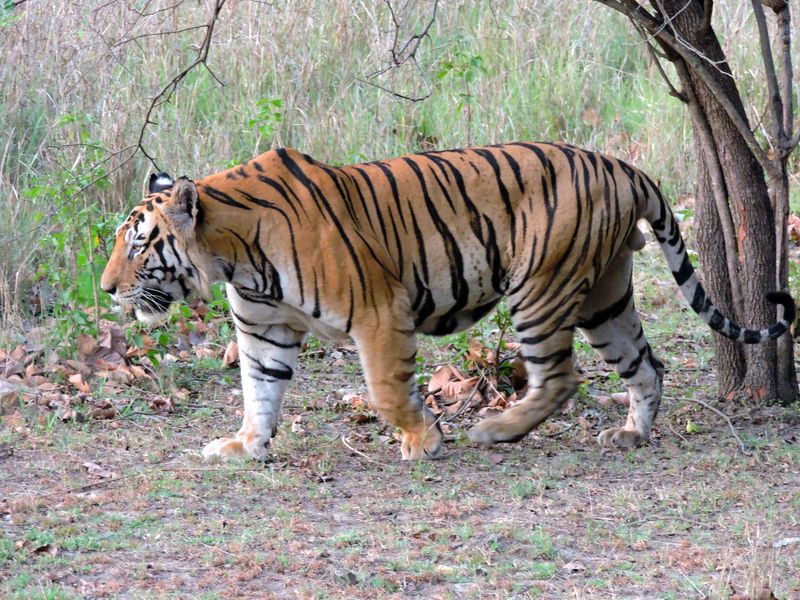
The Bengal tiger roams the dense jungles of India and Bangladesh. Its striking orange and black coat helps it blend seamlessly into the lush greenery. With fewer than 2,500 individuals remaining, it faces threats from habitat loss and poaching.
Conservationists are working diligently to secure habitats and mitigate human-tiger conflicts. These tigers are apex predators, playing a crucial role in maintaining the ecological balance.
The majestic Bengal tiger symbolizes strength and resilience, yet its future hangs in the balance, urging immediate conservation action.
Snow Leopard
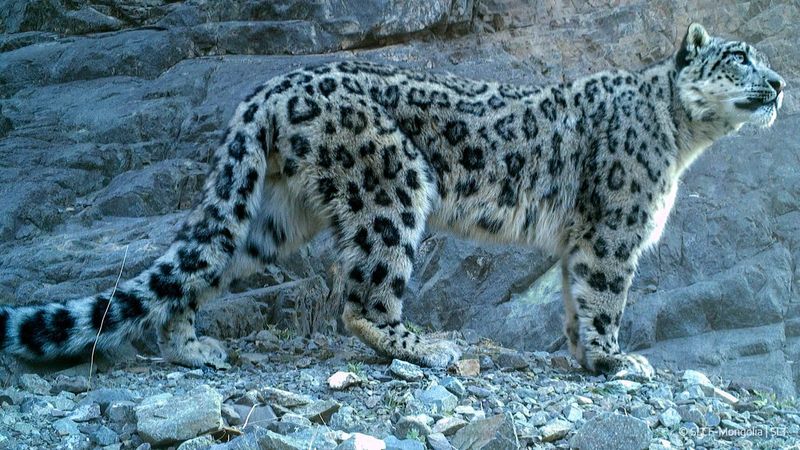
High in the rugged mountains of Central Asia, the elusive snow leopard reigns. Its thick, spotted fur provides warmth against the frigid winds. These cats are masters of camouflage, adept at navigating steep, rocky terrain.
With their numbers dwindling to fewer than 4,000, they face threats from habitat fragmentation and retaliatory killings. Efforts focus on community engagement and wildlife corridors.
The snow leopard’s presence is crucial for the mountain ecosystem, controlling prey populations and maintaining balance. Its survival is intertwined with the cultural heritage of mountain communities.
Siberian Tiger
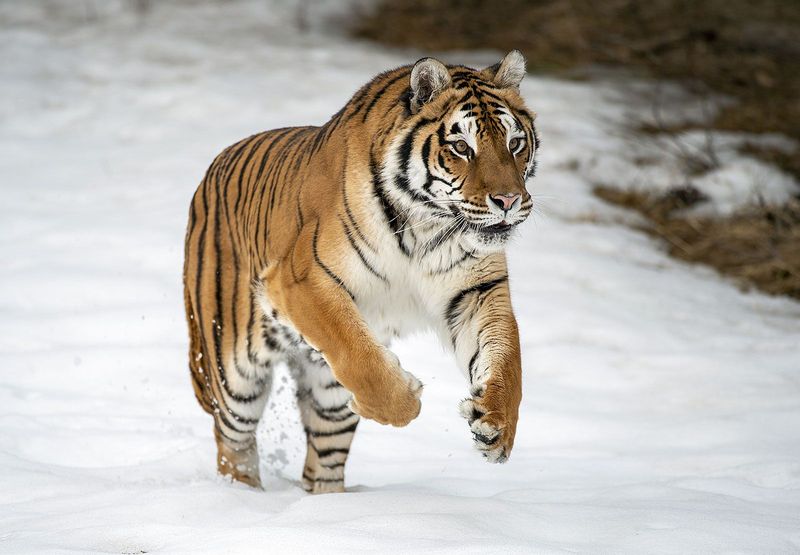
The Siberian tiger, also known as the Amur tiger, prowls the snow-covered forests of the Russian Far East. Its massive frame and thick coat are perfectly designed for the cold climate.
With a population of around 500, these tigers are endangered due to poaching and habitat destruction. Conservation efforts include anti-poaching patrols and habitat restoration.
As apex predators, they play a vital role in their ecosystem. Their survival is a testament to our commitment to preserving the natural world. Protecting these majestic creatures is crucial for biodiversity.
Iberian Lynx
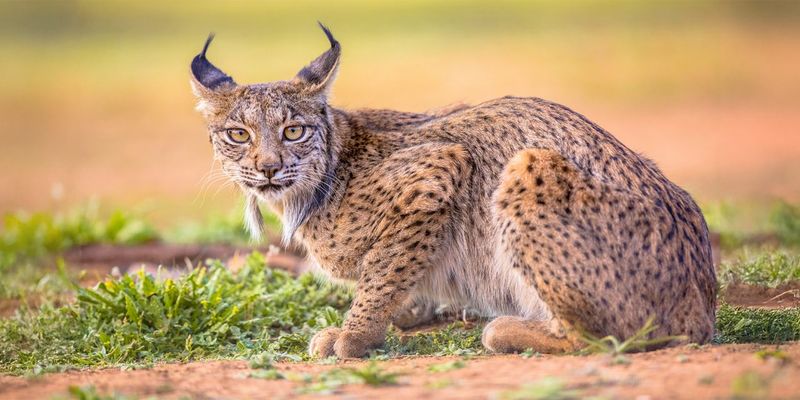
The Iberian lynx, with its tufted ears and distinct spotted coat, crouches low in the Mediterranean scrubland of the Iberian Peninsula. This cat, once on the brink of extinction, has seen a remarkable recovery.
Intensely focused conservation efforts have increased their numbers, yet they remain critically endangered. Habitat loss and a decline in prey, mainly rabbits, pose ongoing threats.
The Iberian lynx’s survival story highlights the impact of dedicated conservation work. It’s a beacon of hope for endangered species worldwide, showing that recovery is possible with concerted efforts.
South China Tiger

The South China tiger is one of the world’s most endangered big cats, with no confirmed sightings in the wild for decades. Its vibrant coat stands out in the subtropical forests of southern China.
Captive breeding programs strive to reintroduce these tigers into the wild, but challenges remain significant. Habitat destruction and lack of prey are critical issues.
These tigers are a symbol of China’s natural heritage, and their recovery would mark a monumental conservation success. Efforts continue to protect their remaining habitats and ensure a future in the wild.
Javan Leopard
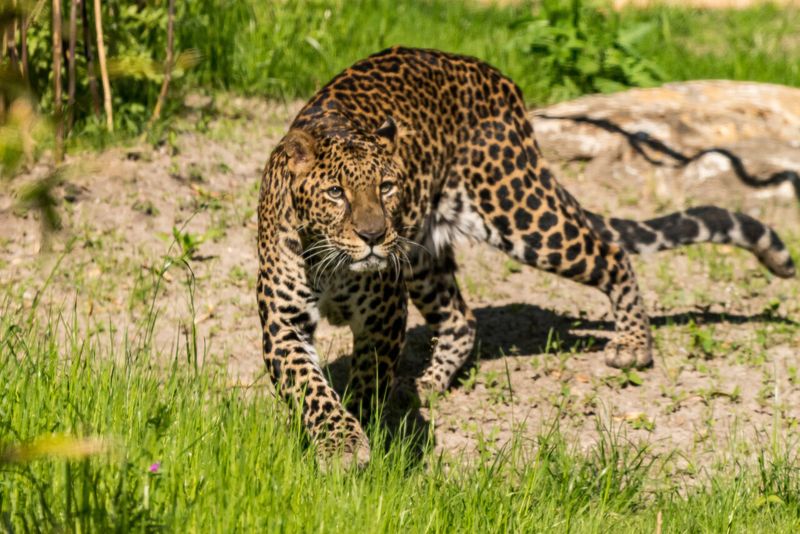
Endemic to the island of Java, the Javan leopard is critically endangered, with fewer than 250 individuals remaining. They navigate the dense tropical rainforests, their black or spotted coats blending with the shadows.
These leopards face threats from deforestation and human-wildlife conflict. Conservationists are focused on protecting their habitat and mitigating conflicts with local communities.
The Javan leopard’s survival is vital for Indonesia’s biodiversity. Each leopard represents a piece of the island’s unique ecological puzzle, and protecting them ensures the health of the entire ecosystem.
Cheetah
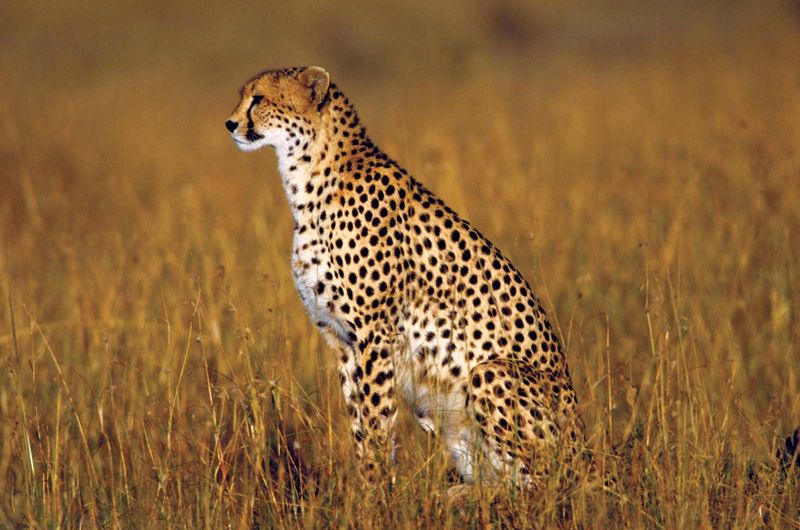
The cheetah, known as the fastest land animal, sprints across the African savannah with unmatched grace and speed. Unfortunately, they face threats from habitat loss and human-wildlife conflict.
With a population of around 7,100, conservation efforts focus on securing habitats and promoting coexistence with human communities. These sleek predators require vast territories to thrive.
The cheetah’s unique adaptations, including its slender body and distinctive tear-striped face, make it a remarkable example of evolution. Protecting them ensures that future generations can witness their extraordinary speed and beauty in the wild.
Sumatran Tiger
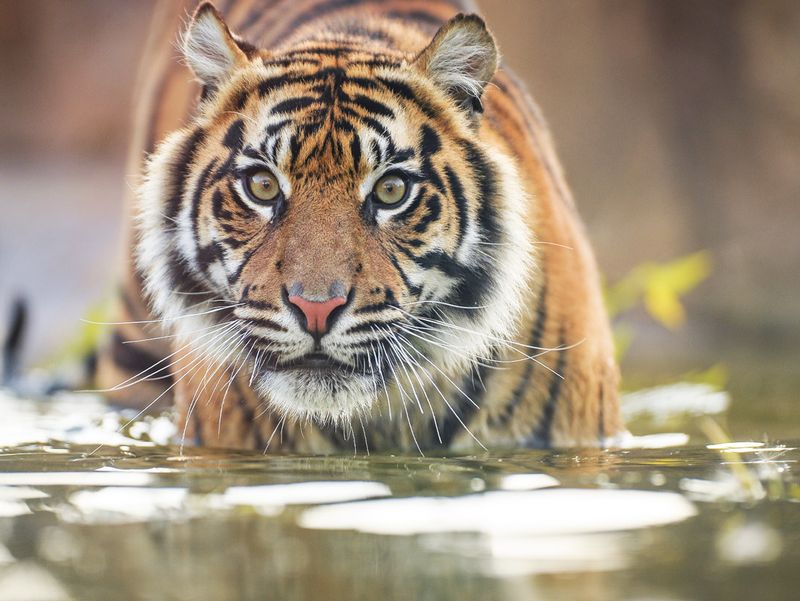
The Sumatran tiger, the smallest of the tiger subspecies, prowls the lush rainforests of Sumatra. Its striped coat blends seamlessly with the dense vegetation, making it a master of camouflage.
With fewer than 400 left in the wild, habitat destruction and poaching are critical threats. Conservationists are working tirelessly to protect remaining habitats and enhance anti-poaching efforts.
The Sumatran tiger is a symbol of the island’s rich biodiversity. Its survival is crucial for the health of the ecosystem, emphasizing the need for urgent conservation action.
Clouded Leopard
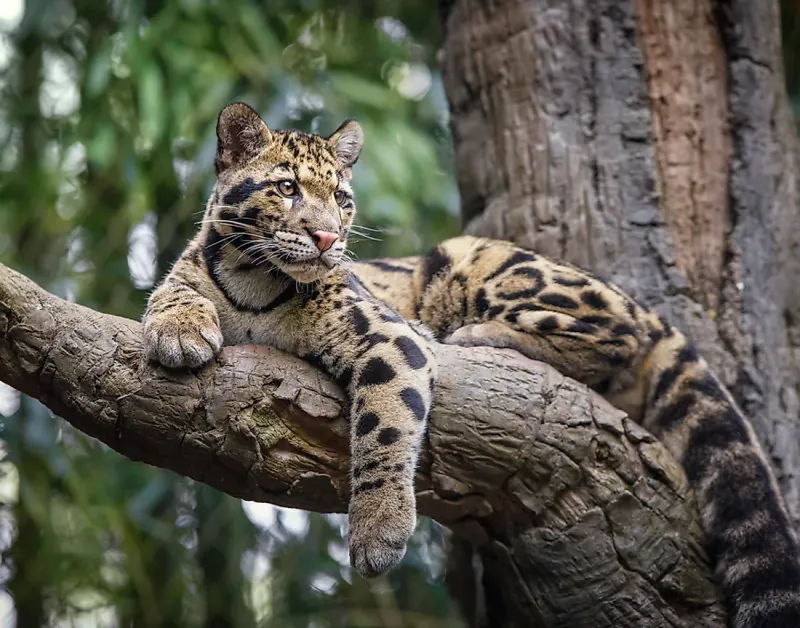
The clouded leopard, known for its cloud-like spots, inhabits the tropical forests of Southeast Asia. These cats are adept climbers, often seen navigating the canopy with ease.
With their numbers declining due to deforestation and hunting, conservation efforts focus on habitat preservation and anti-poaching measures.
The clouded leopard’s unique adaptations, including its long tail for balance, make it a fascinating subject of study. Protecting these elusive cats helps maintain the balance of forest ecosystems and preserves the natural beauty of Southeast Asia.
Puma
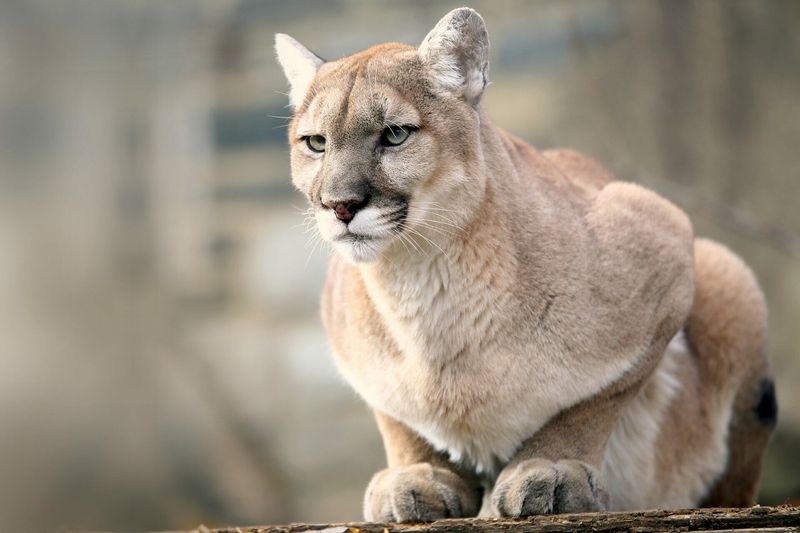
The puma, also known as the cougar or mountain lion, is found across the Americas. Its tawny coat blends with the earthy tones of its diverse habitats, from forests to deserts.
While not as critically endangered as others, certain populations face threats from habitat fragmentation and human conflict. Conservation efforts aim to secure habitats and promote coexistence with humans.
The puma’s adaptability and wide range make it a vital part of the ecosystem. Ensuring its survival helps maintain biodiversity and the natural balance of its habitats.
Indochinese Tiger
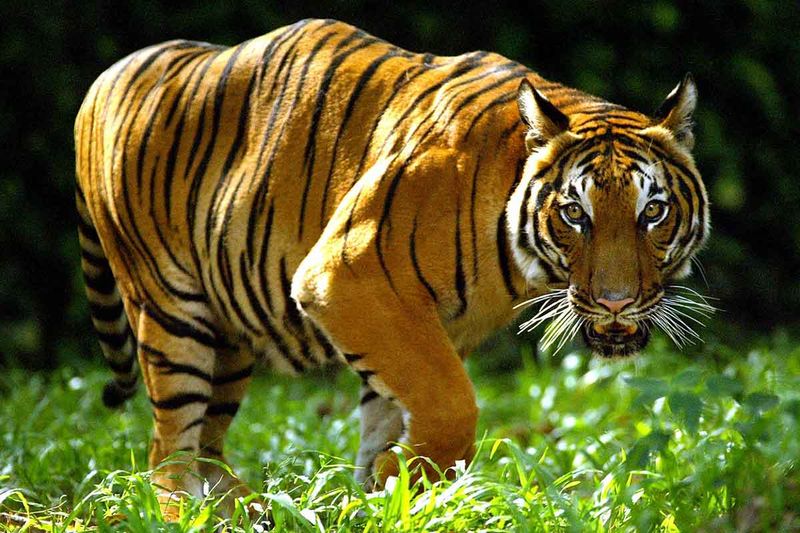
The Indochinese tiger prowls the humid forests of Southeast Asia, its powerful frame and distinctive stripes visible amidst the lush greenery. With fewer than 350 individuals left, it faces severe threats from poaching and habitat loss.
Conservation efforts focus on habitat protection and strengthening anti-poaching initiatives. These tigers are essential for maintaining the ecological balance in their regions.
Their survival is a key indicator of the health of Southeast Asian forests. Protecting the Indochinese tiger ensures the preservation of a wide array of biodiversity within these crucial ecosystems.
Asiatic Lion
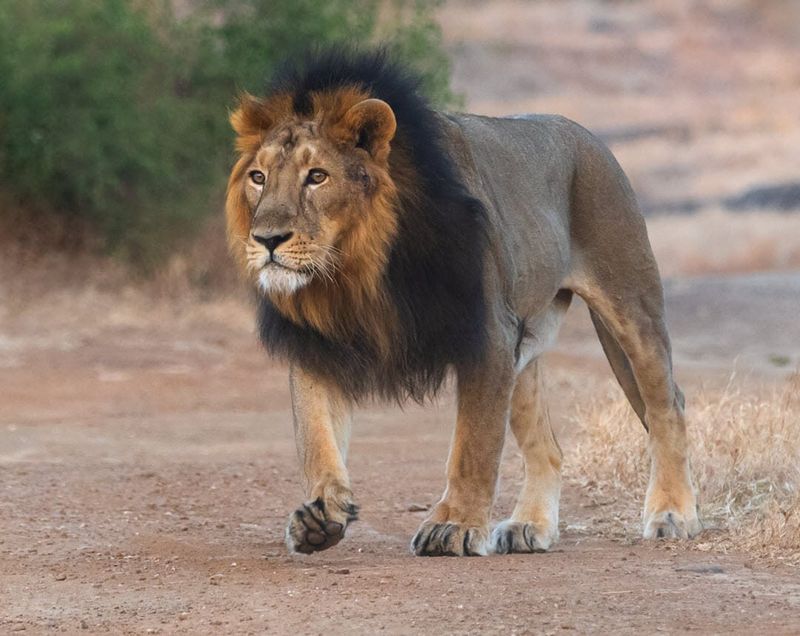
The Asiatic lion, once widespread across Asia, now resides only in the Gir Forest of India. Its majestic mane and robust frame symbolize strength and royalty.
With around 700 individuals left, they face threats from habitat encroachment and human conflict. Conservation initiatives focus on habitat expansion and creating corridors for genetic diversity.
The Asiatic lion’s conservation is a success story, yet challenges remain. Its survival is crucial for India’s natural heritage and biodiversity. These lions remind us of the need to protect our planet’s most iconic species.
Malayan Tiger
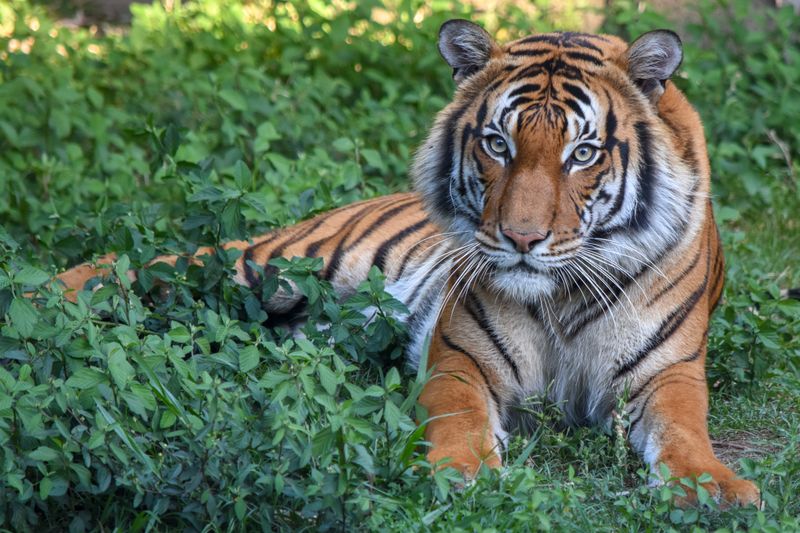
The Malayan tiger prowls the tropical rainforests of Malaysia. Its stealthy movements and striking stripes make it an apex predator in its habitat.
With fewer than 200 individuals, it is critically endangered due to poaching and habitat loss. Efforts are concentrated on protecting habitats and strengthening anti-poaching measures.
The Malayan tiger’s presence is vital for the health of Malaysia’s forests. Its survival represents the broader struggle to conserve Southeast Asia’s incredible biodiversity. Protecting these tigers is a fight for the region’s environmental future.
Leopard
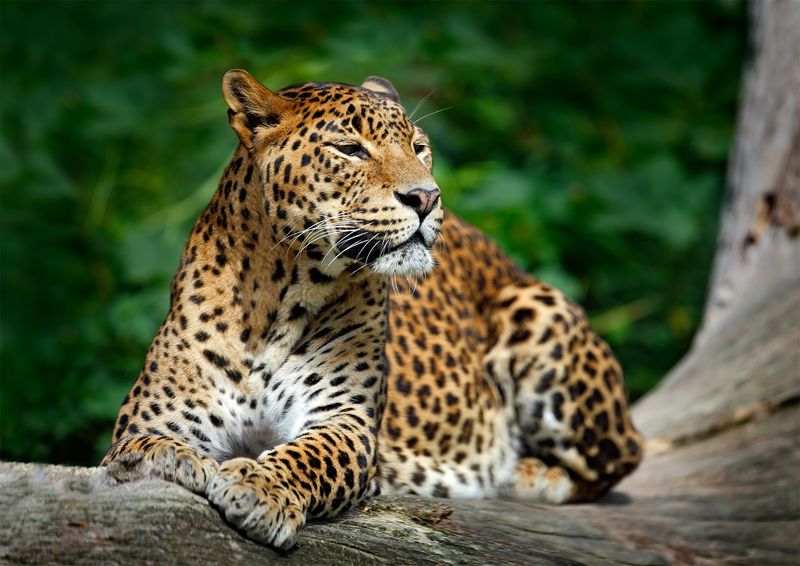
Leopards are known for their adaptability, found in various habitats from African savannahs to Indian jungles. Their spotted coats offer perfect camouflage against dappled light.
Though not critically endangered, some populations face threats from habitat loss and human conflict. Conservation efforts focus on habitat protection and fostering coexistence with humans.
Leopards play a crucial role as apex predators, maintaining ecological balance. Ensuring their survival supports biodiversity and the health of their ecosystems. Their mysterious allure continues to captivate wildlife enthusiasts worldwide.
Persian Leopard
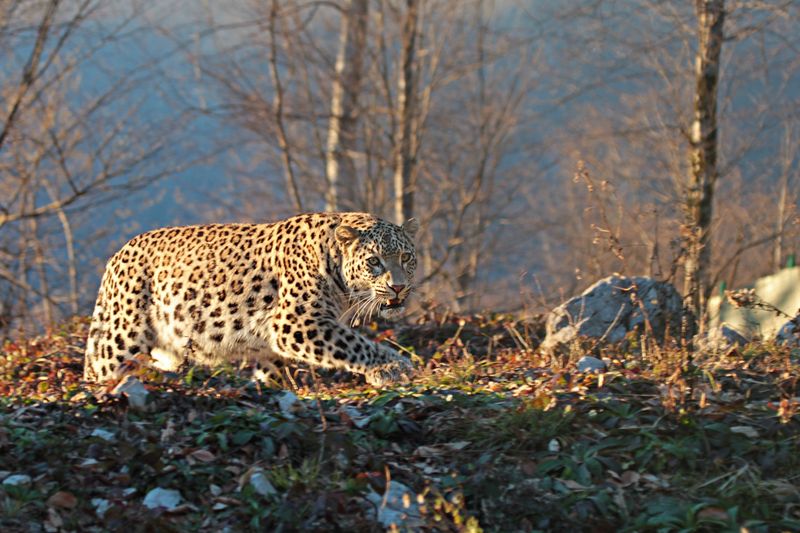
The Persian leopard, found across the rocky landscapes of Iran, is a subspecies of the broader leopard family. Its robust build and patterned coat are perfectly adapted to the rugged terrain.
With fewer than 1,000 individuals remaining, it faces threats from poaching and habitat fragmentation. Conservation efforts aim to protect habitats and reduce human-leopard conflicts.
The Persian leopard’s survival is integral to the region’s biodiversity. Each step forward in conservation is a step towards preserving the natural beauty and ecological balance of their environment.
Sri Lankan Leopard
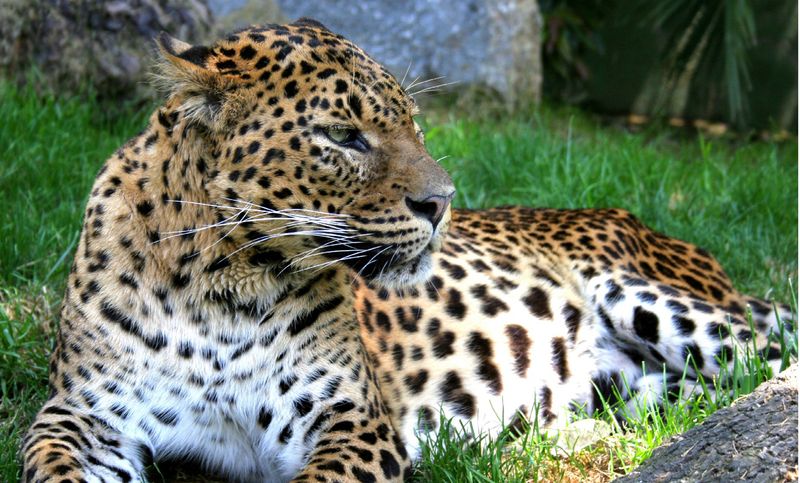
Endemic to Sri Lanka, the Sri Lankan leopard inhabits the tropical forests and grasslands. Its spotted coat blends seamlessly with the sunlit foliage.
Although not as critically endangered as others, it faces threats from habitat encroachment and human-wildlife conflict. Conservationists are working to secure habitats and foster coexistence with local communities.
The Sri Lankan leopard is a symbol of the island’s rich biodiversity. Protecting it ensures the health of its ecosystem and preserves Sri Lanka’s natural heritage for future generations.
Borneo Bay Cat
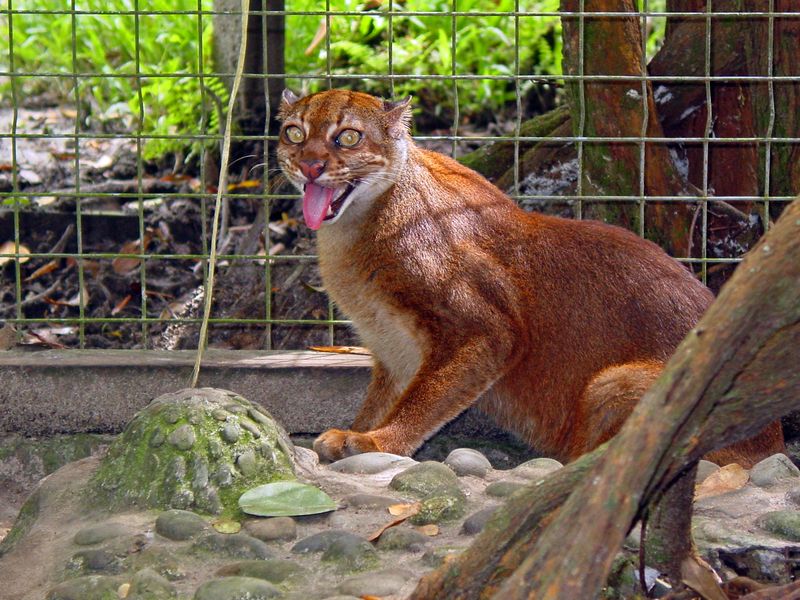
The elusive Borneo Bay Cat is native to the forests of Borneo. With its reddish-brown fur and distinctively long tail, it is a master of camouflage amidst the dense rainforest. This small wild cat is incredibly rare, with estimates suggesting fewer than 2,500 mature individuals in the wild.
Its habitat is threatened by deforestation and land conversion for agriculture. Conservation efforts are crucial to preserving the unique ecosystem it calls home. Researchers emphasize the importance of protecting forest corridors to ensure these cats can roam freely and maintain genetic diversity.
Supporting sustainable practices in Borneo can aid in the survival of this enigmatic feline.

